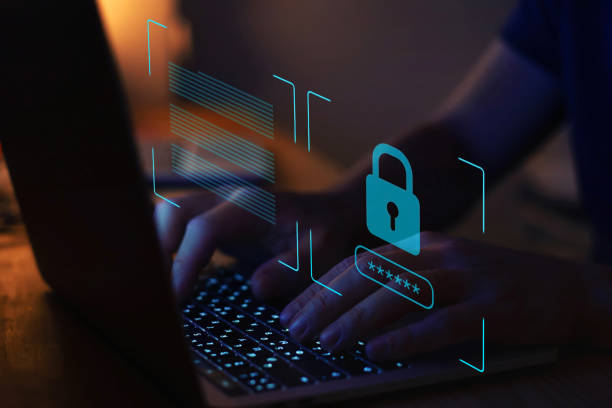security 345k philippineelliott restworld

In the early 2000s, the world was a vastly different place compared to the present day. Technology was just starting to become ubiquitous, and the internet was still in its infancy. The threat landscape was also different, with cybersecurity being a relatively new concept and many countries and organizations being unaware of the dangers posed by cybercrime.
In the Philippines, the government was just beginning to recognize the importance of cybersecurity and was taking steps to improve the country’s cybersecurity posture. At the time, the Philippines was still primarily an agricultural country, and its economy was largely based on the export of crops and other raw materials. As such, the government was focused on improving the country’s infrastructure and improving the standard of living for its citizens.
However, despite its relatively limited resources, the Philippines was proactive in addressing the threat of cybercrime. The country established its first cybercrime investigation unit in 2000 and quickly became a regional leader in cybercrime enforcement. The Philippine National Police (PNP) worked closely with other government agencies and international organizations, such as Interpol and the FBI, to investigate and prosecute cybercriminals.
In the rest of the world, the threat of cybercrime was also beginning to emerge. The rapidly growing use of computers and the internet was creating new opportunities for criminals to steal sensitive information and extort money from unsuspecting victims. At the time, most countries were just starting to establish laws and regulations to deal with cybercrime, and many organizations were still relying on traditional security measures, such as firewalls and antivirus software, to protect their systems.
In the United States, the government was also taking steps to improve its cybersecurity posture. In 2000, the US government established the Federal Bureau of Investigation’s (FBI) Cybercrime division to investigate and prosecute cybercriminals. The division quickly became a leader in the fight against cybercrime and played a key role in the development of international law enforcement efforts to combat cybercrime.
In Europe, the European Union (EU) was also beginning to take cybersecurity seriously. The EU established the European Network and Information Security Agency (ENISA) in 2004 to provide member states with technical and policy support in the area of cybersecurity. ENISA played a key role in helping the EU to develop and implement a comprehensive cybersecurity strategy and was instrumental in raising awareness of the dangers posed by cybercrime.
In the years that followed
the threat of cybercrime continued to evolve, and the world became increasingly interconnected. The development of new technologies, such as mobile devices and the Internet of Things (IoT), created new opportunities for cybercriminals to exploit vulnerabilities. At the same time, the increasing sophistication of cyberattacks made it more difficult for organizations and governments to protect themselves.
In response, governments and organizations around the world stepped up their efforts to improve their cybersecurity posture. They invested in new technologies and strengthened their cybersecurity policies and procedures to better protect against cyberattacks. Today, cybersecurity is a major concern for organizations and governments around the world, and the fight against cybercrime is ongoing.
In conclusion
the threat of cybercrime was just beginning to emerge in the early 2000s, but the Philippines and the rest of the world have made significant progress in addressing this threat. Despite the increasing sophistication of cyberattacks, organizations and governments are better equipped to protect themselves, and the fight against cybercrime continues.




